Drawing on what you might already
know in order to better understand
what you do not yet know
Connect and Wonder are often overlooked, but distinguishing what you know from what you don’t makes a huge difference at the start of the inquiry process. Less confident students can feel overwhelmed because they don’t know where to start, while more confident students may be tempted to leap straight to Express without spending any time in Investigate because they think they know all the answers already.
Students can cultivate an inquiry stance – an ingrained attitude of wonder and puzzlement – by developing an awareness of themselves, their multi-faceted identities, and their personal interests and prior knowledge. Then students can be guided to use those strengths and interests as a starting point for further exploration on their own.
—
Connect | Next → Wonder
Consider
- A 'brainstorming' or 'mindmapping' session at the start of an inquiry
- Asking students to find definitions for key terms in the statement of inquiry
- Enabling students to use their own interests and personal curiosities as motivation for pursuing inquiry
- Allowing for a period of preliminary investigation for longer more open inquiries before asking students to narrow their focus
For more in-depth articles into the educational
theory underlying inquiry, visit our






